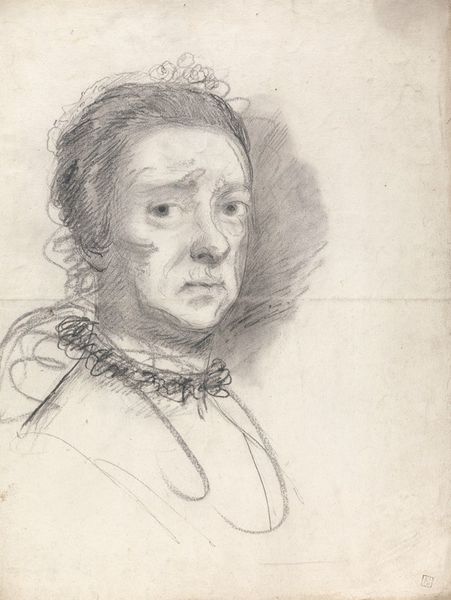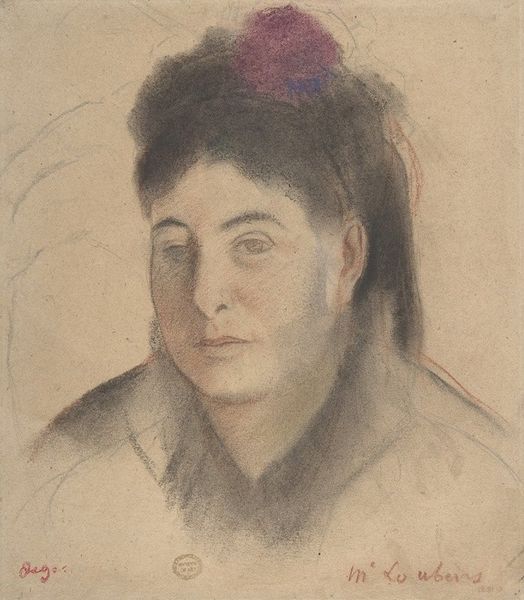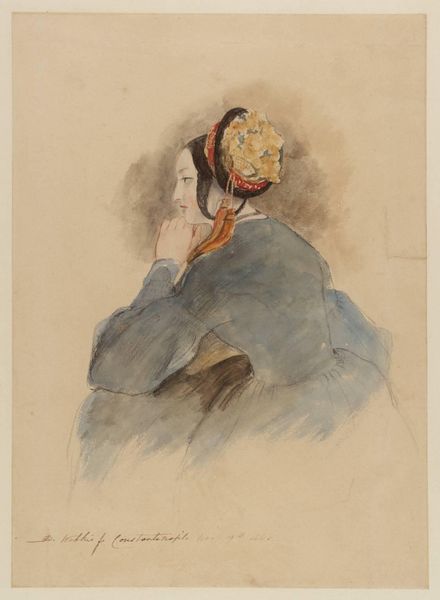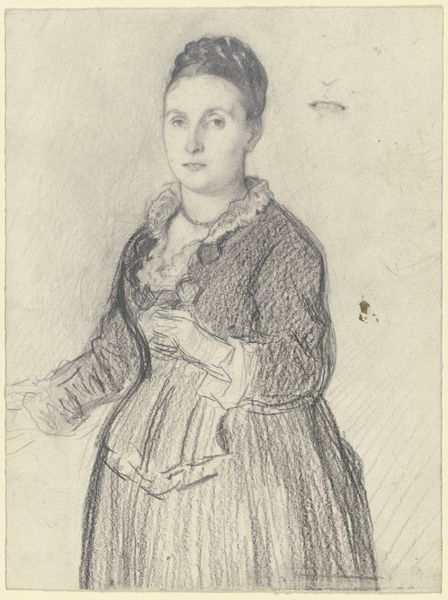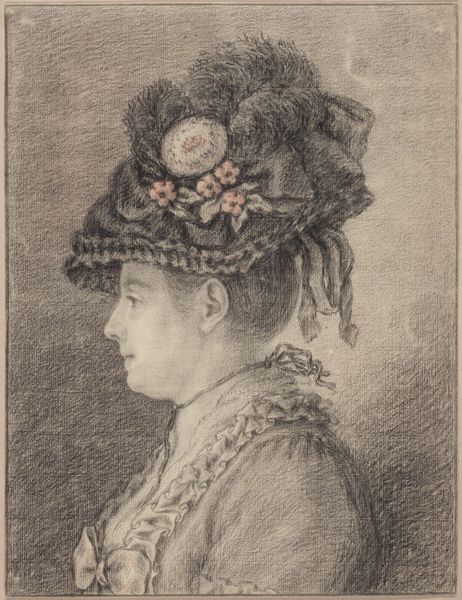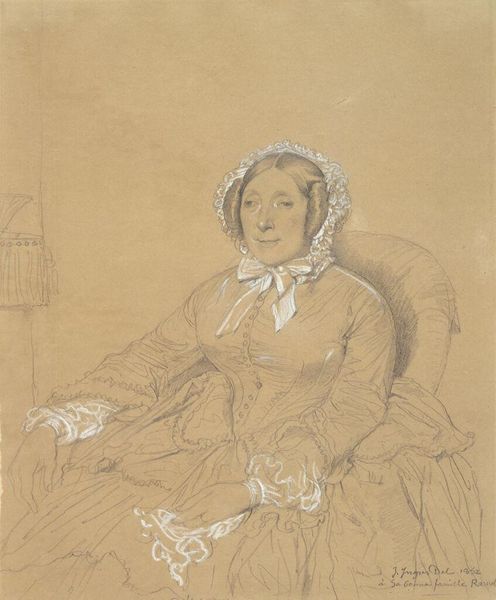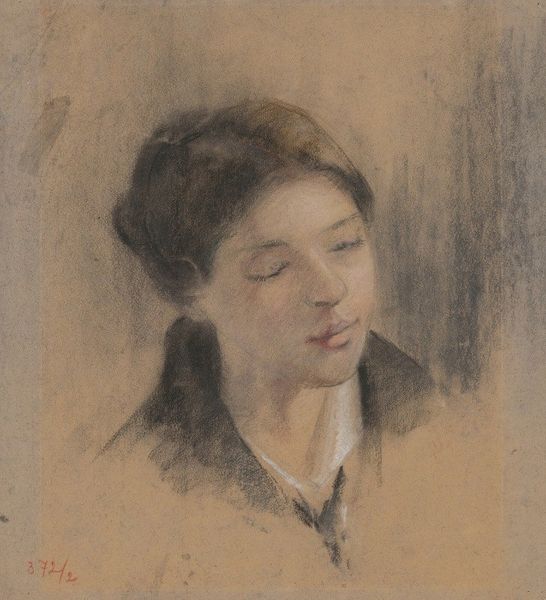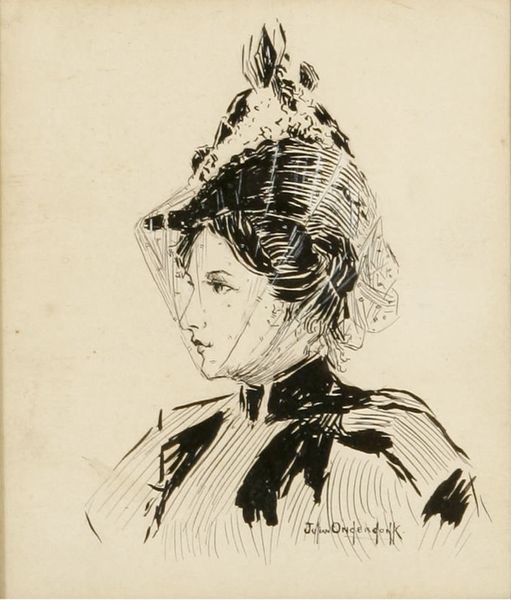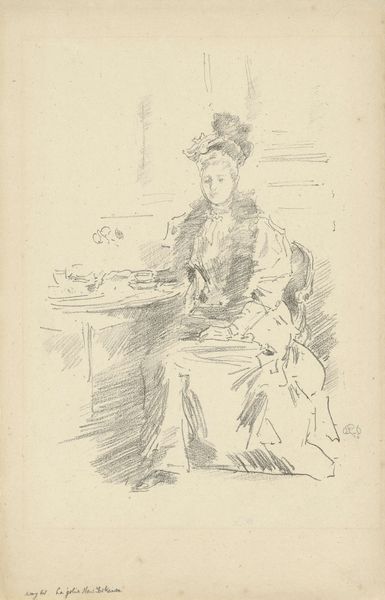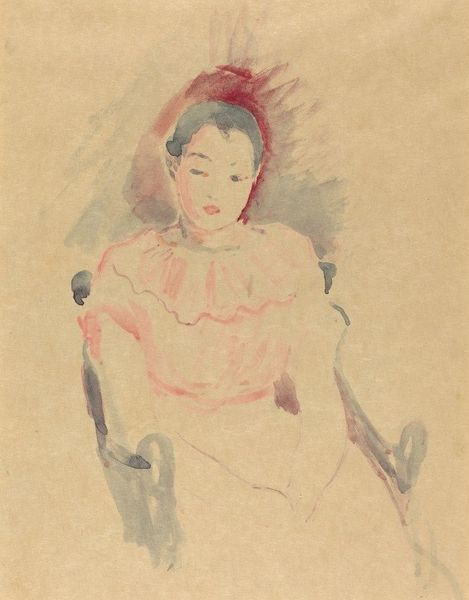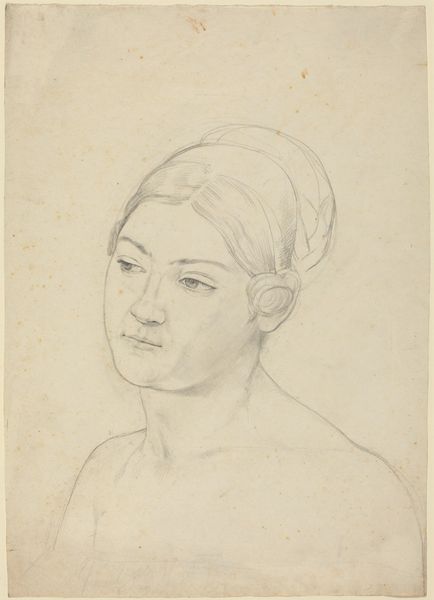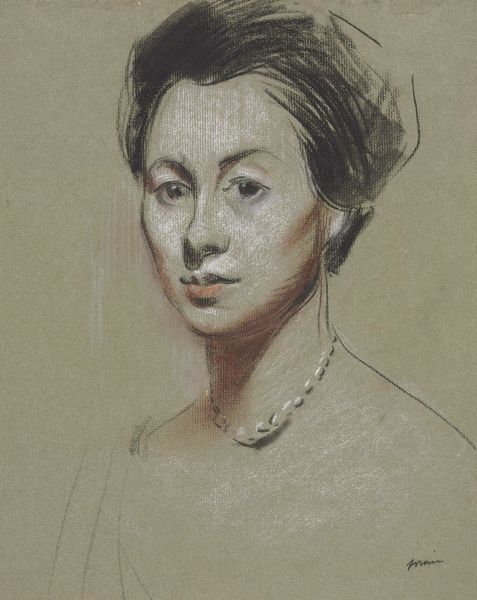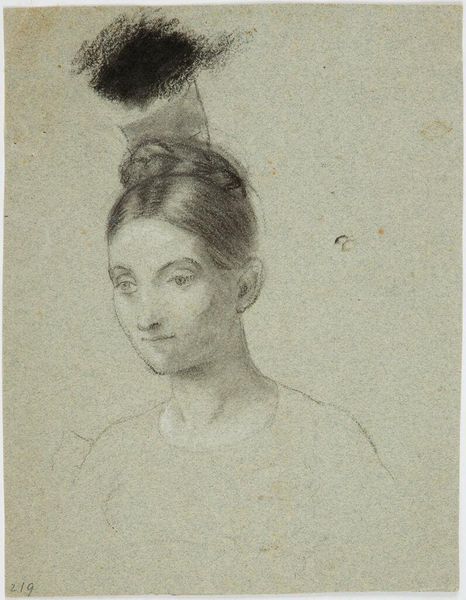
drawing, pastel
#
portrait
#
drawing
#
impressionism
#
charcoal drawing
#
figuration
#
pastel
#
watercolor
Copyright: Public Domain: Artvee
Edgar Degas made this pastel drawing of Madame Lisle in late 19th-century France, a period marked by rigid social hierarchies. Degas was a key figure in the Impressionist movement, which challenged the established norms of the French art world. Unlike the old Salon system which imposed standards on artistic production, The Impressionists sought a more independent means of expression. This portrait reflects their ethos. The artist captures a fleeting moment, prioritizing an informal composition over the traditional, idealized portraiture favored by the French Academy. The visible strokes and unfinished background further emphasize its departure from academic conventions, reflecting the progressive artistic climate of the time. As art historians, we examine correspondence, exhibition reviews, and other primary source materials to understand the social and institutional contexts in which artists like Degas worked. This approach reveals how the art of the time both reflected and challenged the prevailing social structures and artistic conventions.
Comments
No comments
Be the first to comment and join the conversation on the ultimate creative platform.
